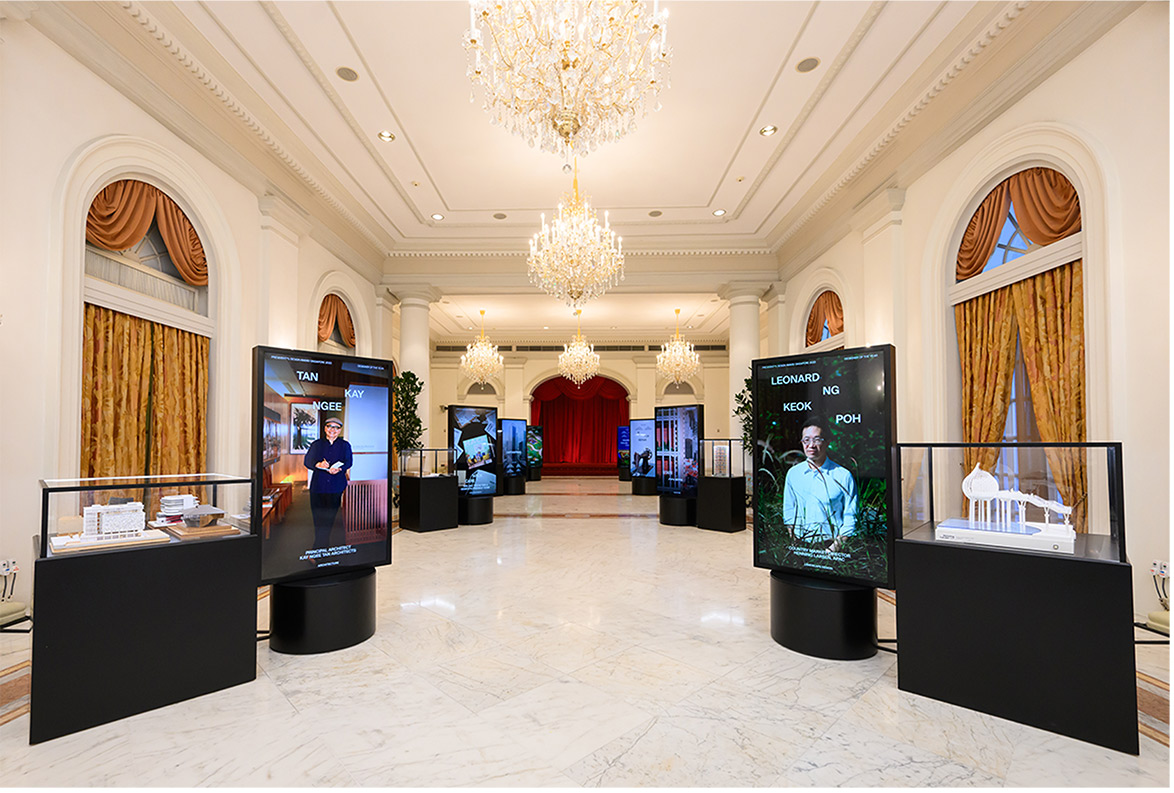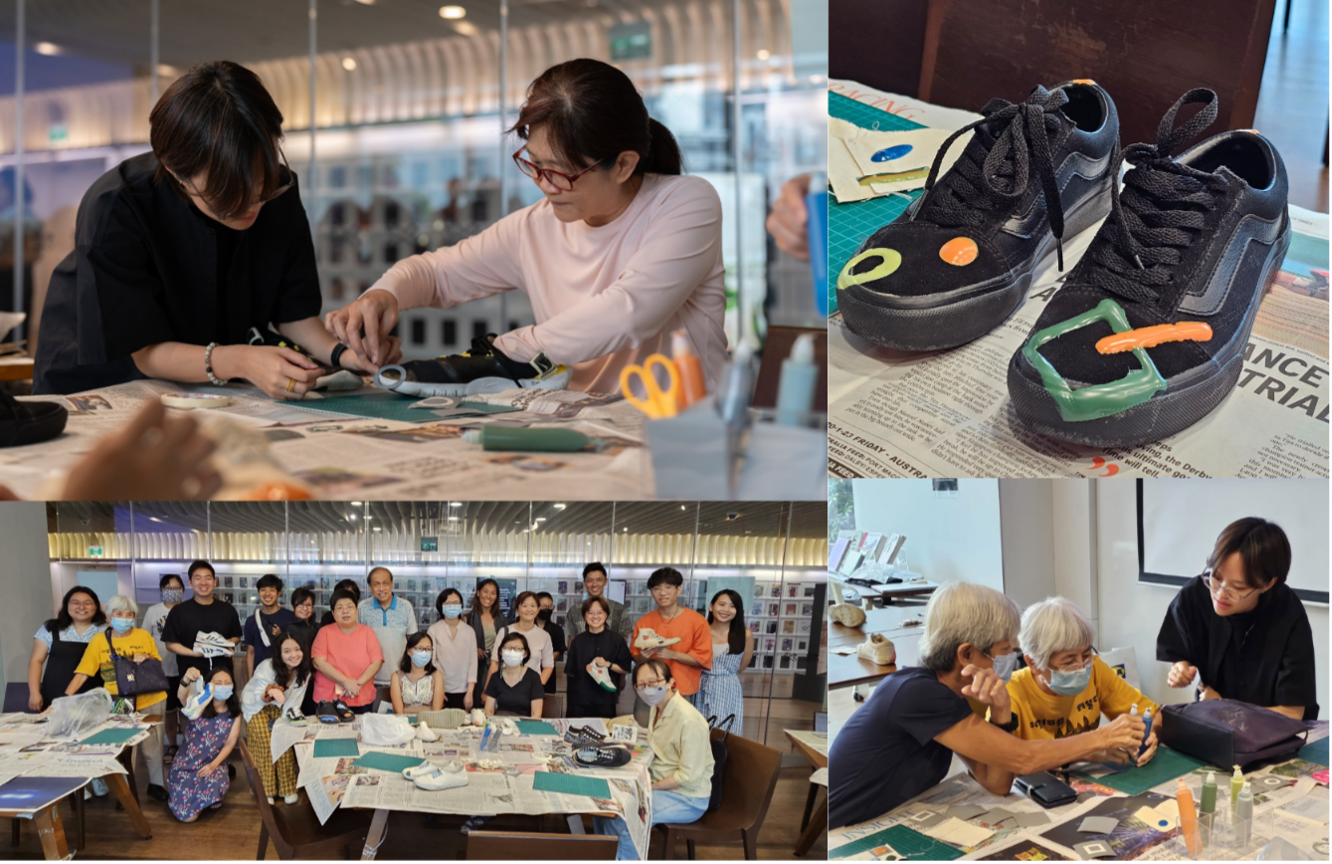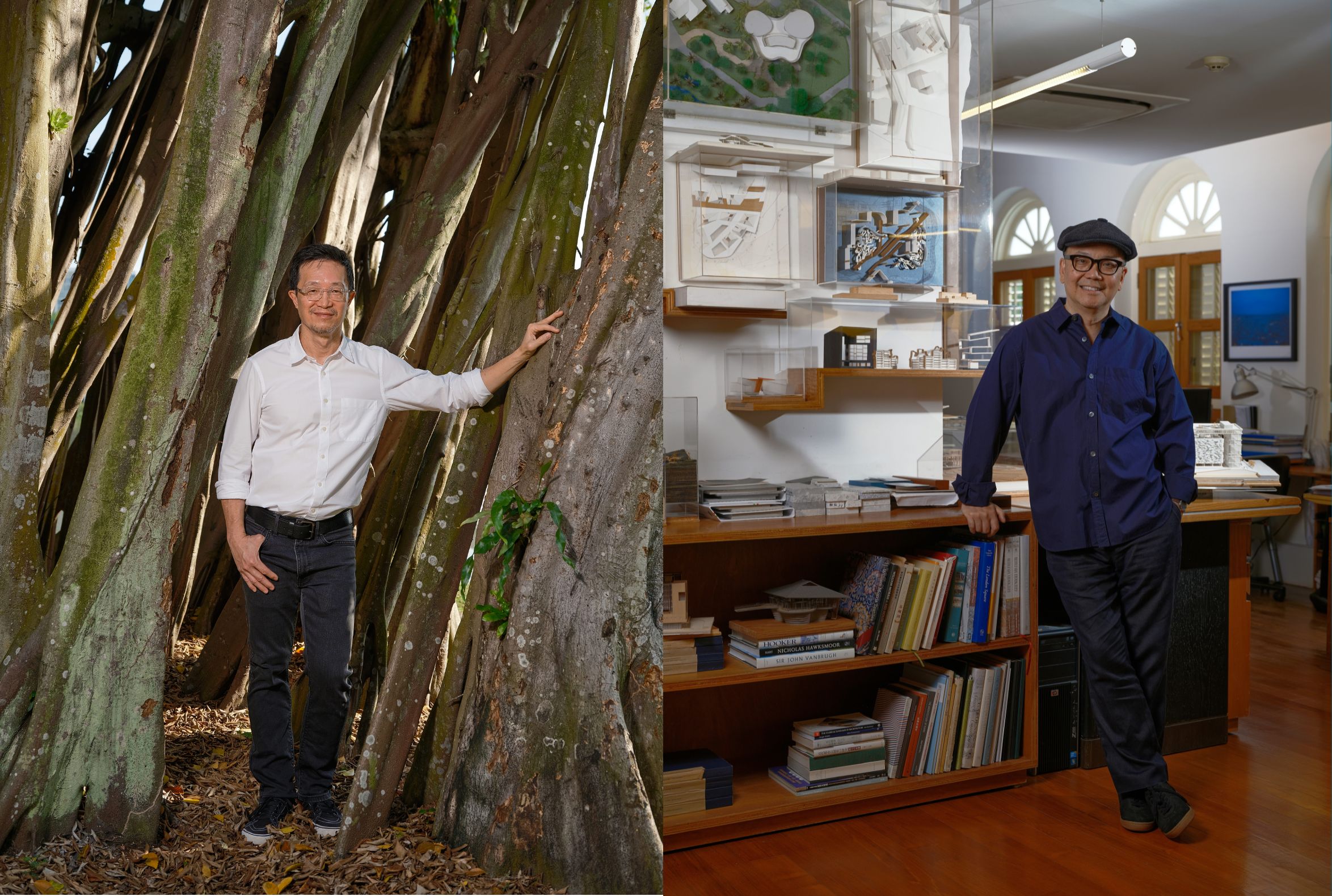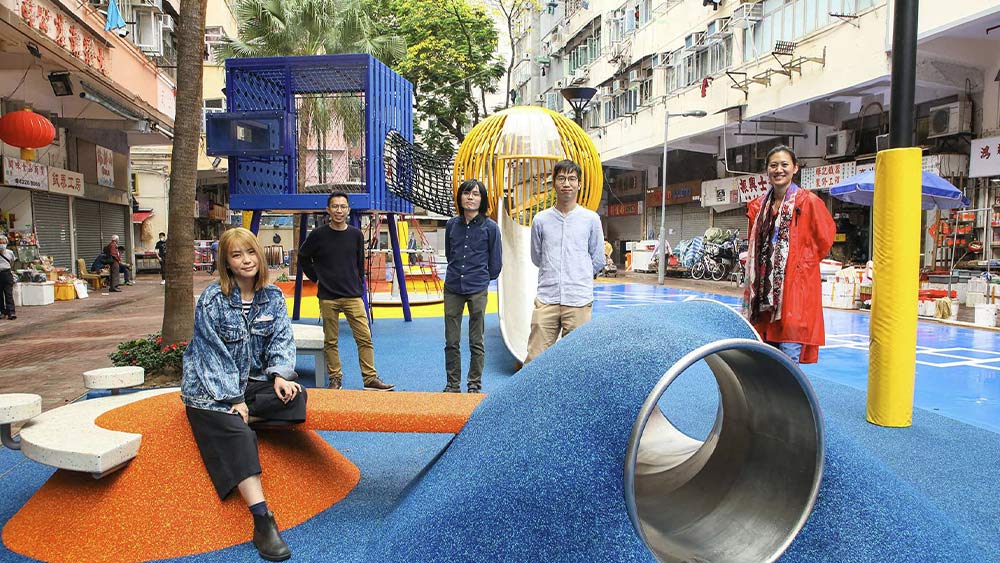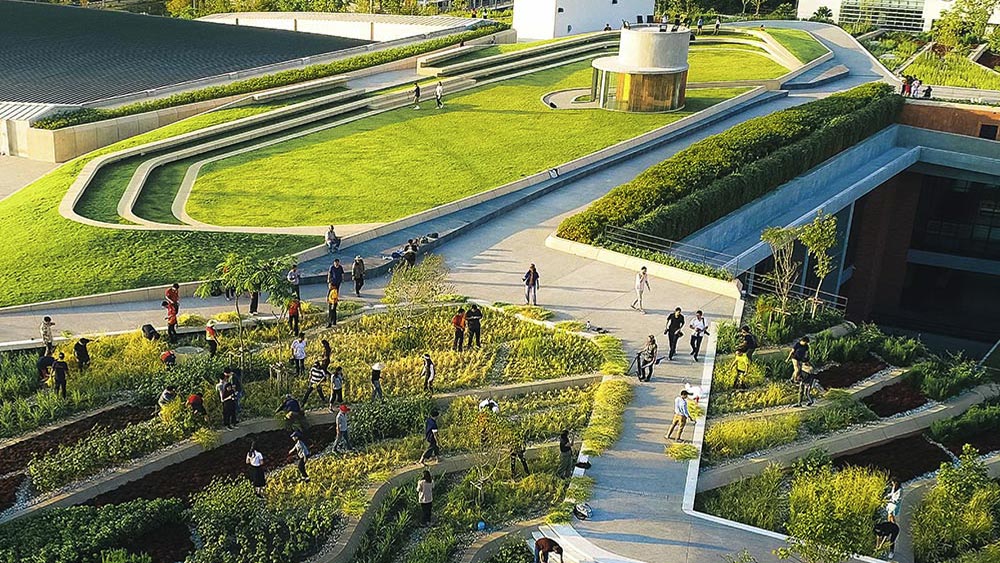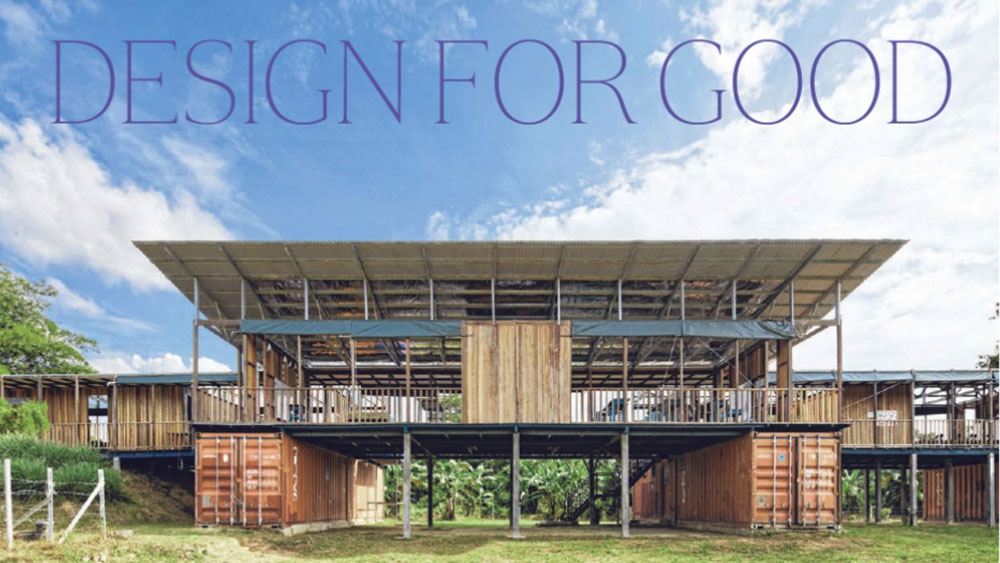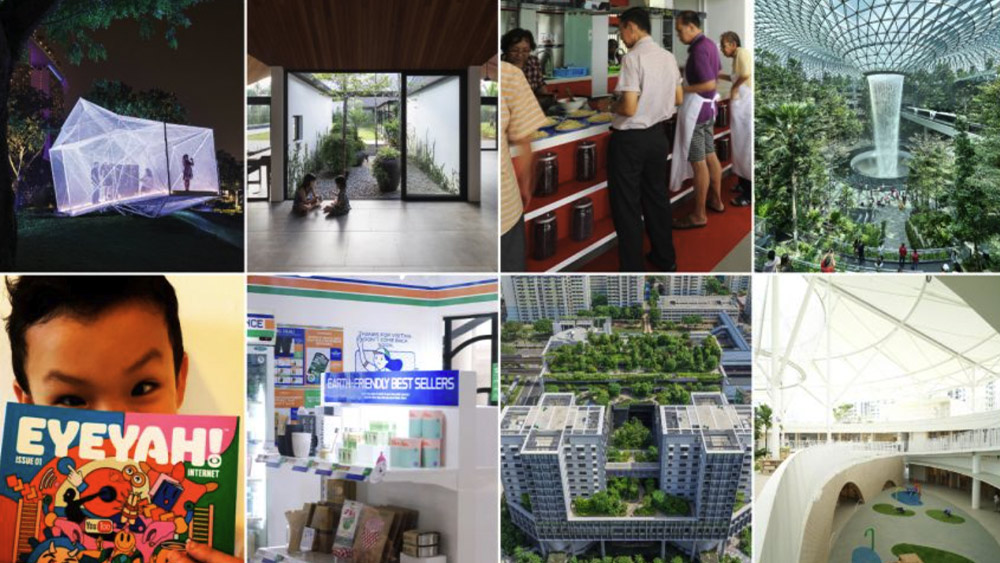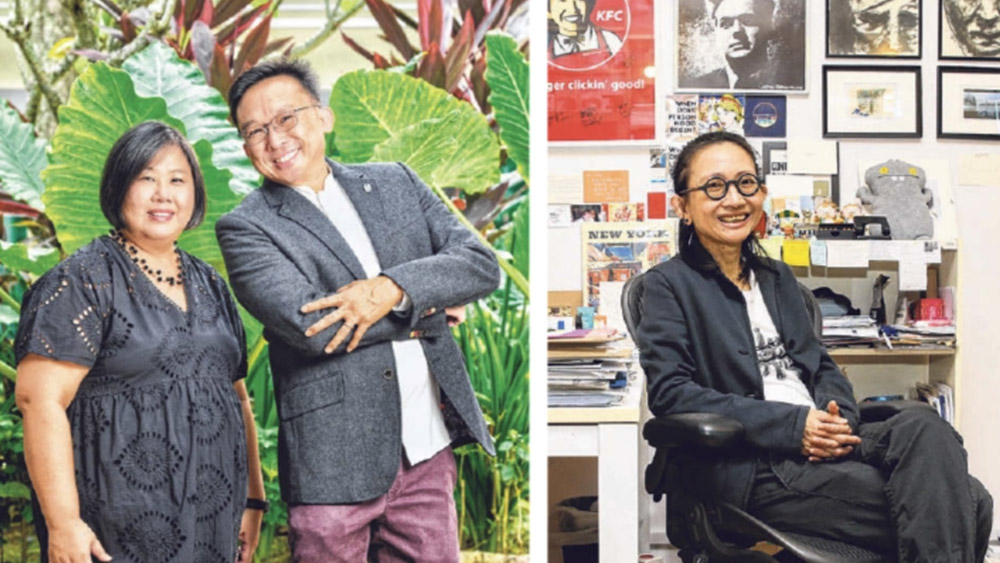PDA 2018 Workshop Going All-Opossum

Located within the Gardens by the Bay, the Future of Us Pavilion (P*DA 2018 Design of the Year) looks very much like a fixture from a science-fiction landscape with its unusual shape and gleaming metallic façade. The latter is the result of 11,000 unique aluminium panels, each one customised and cut according to prevailing environmental data, including amount of daylight and wind patterns. Spanning a wide 50m and rising to a height of 16m, the Pavilion managed to retain a surprisingly thin structural depth of just 20cm. The Pavilion was commissioned for the Future of Us Exhibition, the capstone event for the SG50 celebrations. It very much represents the spirit of the exhibition it housed – a stunning outcome of innovative technology that blurs boundaries between architecture, engineering and computing and points the way to new, customised building typologies for the future.

Professor Thomas Schroepfer, lead designer for this project, shared all this with more than 30 Junior College, Polytechnic and IP school students who attended SUTD’s Open House on 1 December 2018. Prof Schroepfer’s team, from the Advanced Architecture Lab, was able to create customisable structures that respond to their environmental needs because of a software that they had designed themselves – Opossum, an optimisation tool that uses advanced machine learning techniques to help architects find good solutions with a small number of iterations. After the talk, the young aspiring designers and architects got to try out Opossum for themselves. The P*DA team was also invited along to experience the software that made it all possible.
At the workshop, the students were grouped in threes and invited to experiment with the software’s features and interface. Within a couple of hours, the students were guided in simulating a large number of models based on different pre-defined criteria, building their own rudimentary versions of optimised pavilions – simple, yet potentially geometrically complex structures.




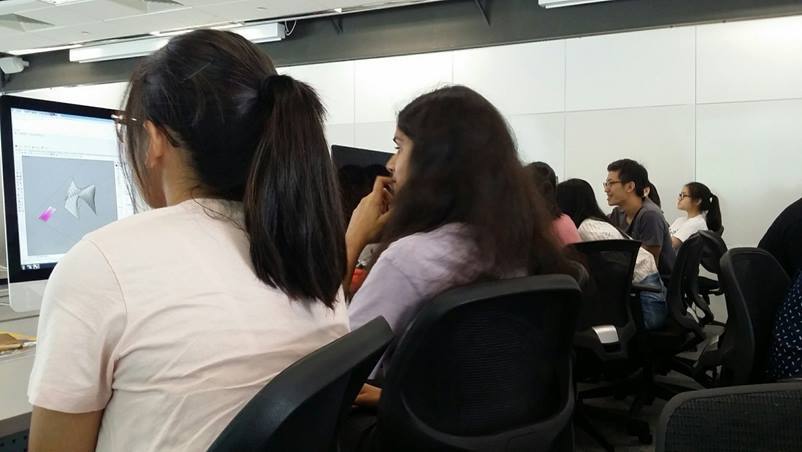
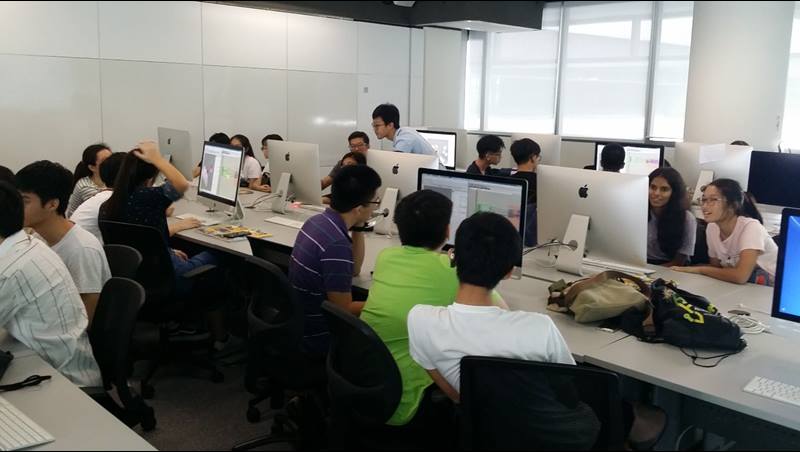
The power of Opossum lies in its ability to identify a range of possible solutions for every environmental context – it is especially effective in helping architects design resource- and energy-saving buildings faster, better and cheaper. When it was launched in 2017, Opossum was downloaded more than 1,000 times in just a few week by other designers, pointing to the wide-spread applicability and potential of such tools for the future of building.
Although the duration of the workshop was only enough to tgive everyone a quick glimpse intpo the potential of this advanced computational tool, it made clear that SUTD AAL had paved the way for architects to start designing buildings differently. With tools like Opossum, the landscape has opened up for architects and designers to not only re-design their processes, but also their very roles.


